Having a perfect lawn is one of those American dreams that just about everyone strives for, even if it carves out a hefty chunk of time from our busy schedules. However, even the most well-tended landscape is susceptible to damage from a variety of lawn pests. These pests are numerous and varied. Underground, your grass could become a meal for them. Successfully treating your property and identifying the common flying, crawling and burrowing insects and creatures is the key.
Lawn Pest Identification and Prevention Tips
Warning signs are an indication that you have unwanted pests. The signs are chewed blades of grass, wilting grass, dead patches of grass, brown spots in the lawn, holes in the ground, and insect sightings. Dealing with a bug infestation can be frustrating, time-consuming, and jeopardize the health of your lawn. Below are some of our favorite pest control tips…
- Keep your gutters clean
- Ensure food is covered
- Leave the lights on
- Eliminate standing water
- Reduce pest hiding spots
- Don’t store wood near your home
- Keep deer away
- Clean up cluttered storage areas
- Keep garbage cans tightly covered
- Maintain your lawn with seasonal aeration and fertilization
- Routinely inspect your property for the sign of damage
Grubs
Grubs and their notorious below-ground destruction may go unnoticed until late summer. Have you ever turned up a bunch of plump, white, c-shaped creatures while digging in your yard? Those were grubs, the larvae of Japanese beetles, June beetles, or chafers. These creatures feast on the roots of lawn grasses while attracting other unwanted pests such as moles, crows, and skunks. What will I notice? Brown patches and lawn die off.
Treatment – Soak the infected area with a commercial grub killer.
Army Worms
Army worms can be distinguished from other caterpillar pests that may be found in the same place by three pale stripes running the length of the body. They are approximately one and a half inches long. They feed on the grass above the ground and tend to travel in large groups, preferring cooler evening temperatures. What will I notice? Brown patches that may resemble drought.
Treatment – Professional pest control is recommended.
Chinch Bugs
Chinch bugs are hard to spot because they are tiny, but a giveaway is their stench. Chinch bugs in lawns that are heavily infested will emit a strong unpleasant odor if trod upon. They strip the moisture form grass blades by sucking out the fluid and then depositing an anticoagulant that prevents further water absorption. What will I notice? Patches of lawn turn from purple to red to yellow and then brown once completely dry.
Treatment – Diatomaceous earth.
Fiery Skippers
The fiery skipper is a butterfly of the family Hesperiidae and is approximately 1 inch long. Their caterpillar has a blackhead and green body and lays its eggs on the underside of grass blades and leaves. What will I notice? Brown patches in your lawn approximately two inches in length.
Treatment – Commercial caterpillar treatment may be applied.
Leather Jackets
Leather jacket pests aren’t actually insects. The grub-like pests are the larval stage of daddy long legs, also known as leather jacket crane flies – those big, mosquito-like bugs that fly around your porch light in late summer. Leather jacket pests, which live in the soil, can definitely do their share of harm when they eat the roots and the base of the grass. What will I notice? Oddly shaped patches of dead grass.
Treatment – Professional pest control is recommended.
Burrowing or Digging Mammals
Chipmunks, gophers, moles, groundhogs, and other burrowing mammals can cause damage to your lawn as they make their home or hunt for food. What will I notice? Tunneling, mounds of earth and holes.
Treatment – Professional pest control may be required to properly identify the animals and determine a viable solution to remove them.
Contact us (859-314-LAWN) for more information or a free quote!
—
 About Green & Grow
About Green & Grow
Green & Grow is a full service lawn care company specializing in lawn mowing, fertilization & weed control, aeration & seeding, insect control, and more!
> Learn More

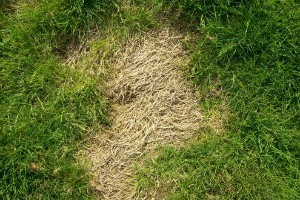

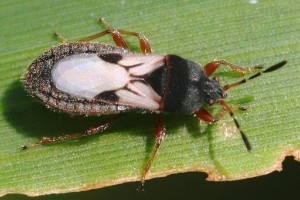
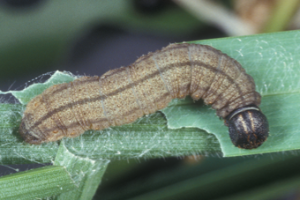
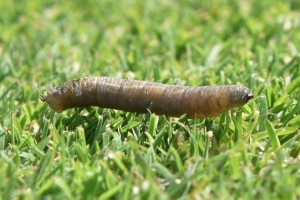
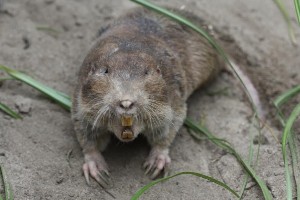
 About Green & Grow
About Green & Grow